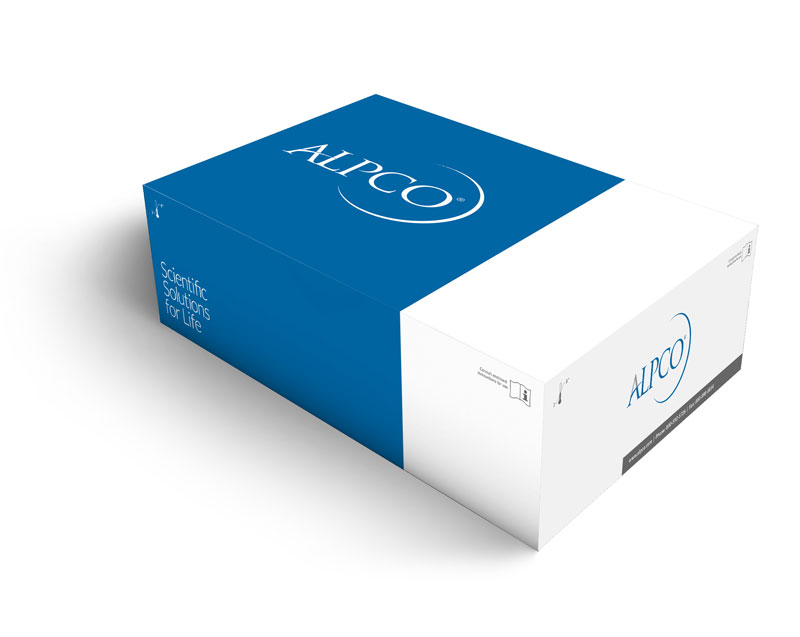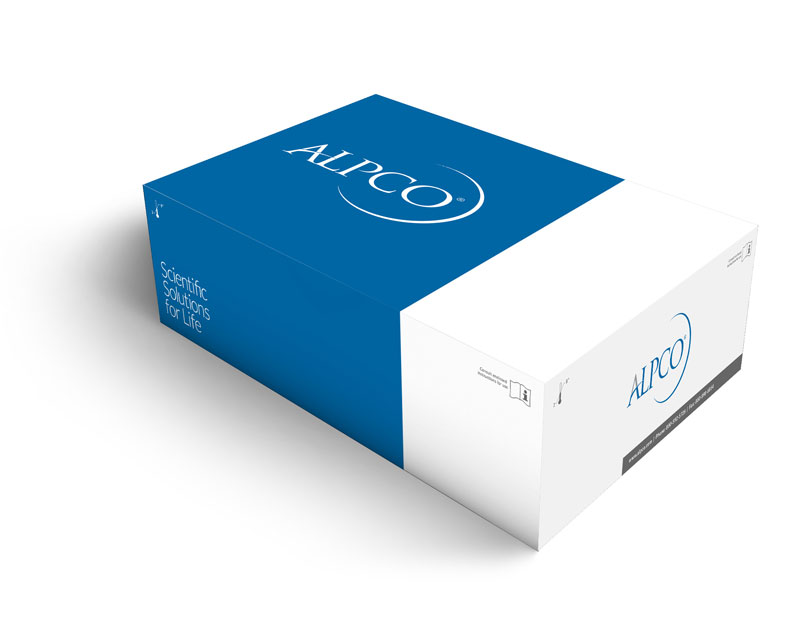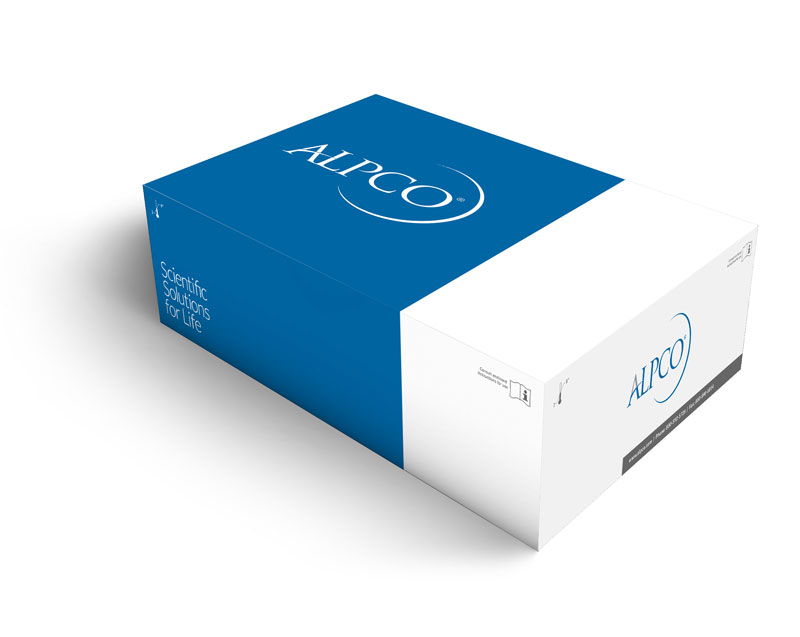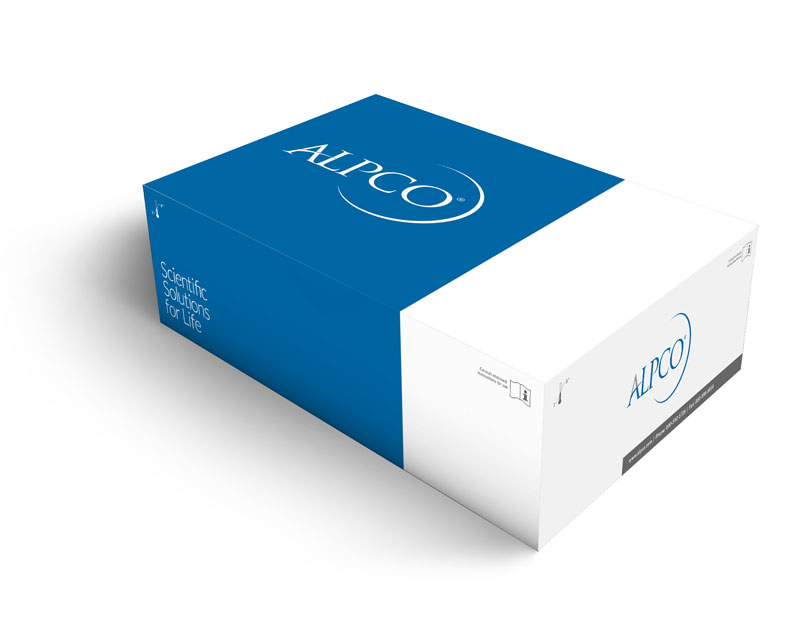-
 Vitamin B12 MicroBiological Test Kit
Vitamin B12 MicroBiological Test KitCatalog #: 30-KIF012
Sensitivity: 6 µg/L
Range: 6 - 54 µg/L
Sample Types: Serum
Sample Size(s): 96 Wells
-
 Folic Acid Vitamin B9 Microbiological Test Kit
Folic Acid Vitamin B9 Microbiological Test KitCatalog #: 30-KIF005
Sensitivity: 4 µg/L
Range: 4 - 40 µg/L
Sample Types: Serum
Sample Size(s): 96 Wells
-
 Free Testosterone ELISA
Free Testosterone ELISACatalog #: 11-FTEHU-E01
Sensitivity: 0.1 pg/mL
Range: 0.1 - 60 pg/mL
Sample Types: Serum
Sample Size(s): 96 Wells
Detection: Colorimetric -
 Mouse / Rat Testosterone ELISA
Mouse / Rat Testosterone ELISACatalog #: 55-TESMS-E01
Sensitivity: 0.066 ng/mL
Range: 0.1-25 ng/mL
Sample Types: Plasma, Serum
Sample Size(s): 96 Wells
Detection: Colorimetric -
 ALEX² Allergy Explorer Kit (20 tests)
ALEX² Allergy Explorer Kit (20 tests)Catalog #: 87-02-2001-02
Sample Types: Plasma, Serum
Sample Size(s): Other
-
 ALEX² Allergy Explorer Kit (50 tests)
ALEX² Allergy Explorer Kit (50 tests)Catalog #: 87-02-5001-02
Sample Types: Citrate Plasma, Heparin Plasma, Serum
Sample Size(s): 50 Tests
-
 Immunoscan CCPlus® (Anti-CCP ELISA)
Immunoscan CCPlus® (Anti-CCP ELISA)Catalog #: 13-RA-96PLUS
Sensitivity: Semi-quantitative; see protocol
Range: 25-3200 U/mL
Sample Types: Serum
Sample Size(s): 96 Wells
Detection: Colorimetric -
 Niacin MicroBiological Assay Kit (Vitamin B3)
Niacin MicroBiological Assay Kit (Vitamin B3)Catalog #: 30-KIF003
Sensitivity: 4 µg/L
Range: 4 - 40 µg/L
Sample Types: Serum
Sample Size(s): 96 Wells
-
 IgA (Chicken) ELISA
IgA (Chicken) ELISACatalog #: 41-IGACH-E01
Sensitivity: 12.5 ng/mL
Range: 12.5-400 ng/mL
Sample Types: Plasma, Serum
Sample Size(s): 96 Wells
Detection: Colorimetric -
 Mouse IgA ELISA
Mouse IgA ELISACatalog #: 41-IGAMS-E01
Sensitivity: 12.5 ng/mL
Range: 12.5 - 3025 ng/mL
Sample Types: Plasma, Serum
Sample Size(s): 96 Wells
Detection: Colorimetric -
 FOX Food Xplorer Kit (50 tests)
FOX Food Xplorer Kit (50 tests)Catalog #: 87-80-5001-02
Sample Types: Plasma, Serum
Sample Size(s): 50 Tests
-
 Rat Alpha 1 Acid Glycoprotein ELISA
Rat Alpha 1 Acid Glycoprotein ELISACatalog #: 41-AGPRT-E01
Sensitivity: 12.5 ng/mL
Range: 12.5 - 400 ng/mL
Sample Types: Plasma, Serum
Sample Size(s): 96 Wells
Detection: Colorimetric
